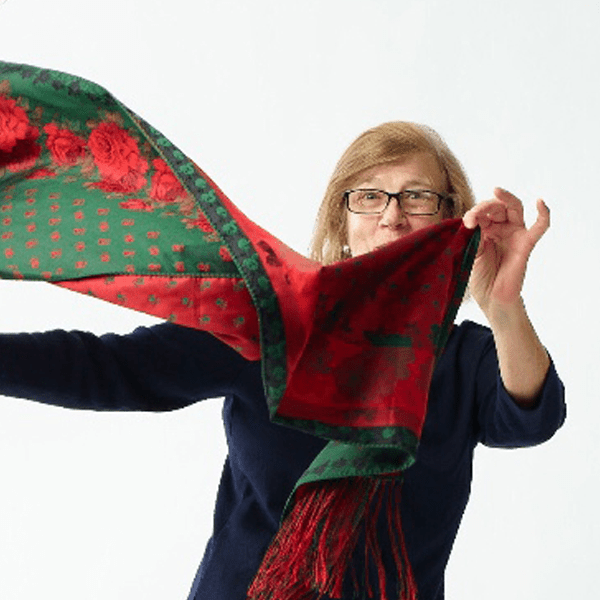
Mary Shaffer discusses Sydney Cash’s work and obtaining glass from Bent Glass in Queens.
2:11Mary Shaffer discusses Sydney Cash’s work and obtaining glass from Bent Glass in Queens. Oral history interview with Mary Shaffer by Catherine Whalen and Barb Elam, conducted via telephone, March 21, 2019, Bard Graduate Center. Clip length: 02:11.
Mary Shaffer: Yes, Sydney Cash. He—well, this is what happened was Ben Mildwoff had this factory in Queens called Bent Glass. And he saw my show at the—he saw Tom [Patti] and my show at Doug Heller’s gallery, which was called Contemporary Glass Art Gallery, and we had a show called Glass Works. So Tom Patti and I both had a show, and Ben Mildwoff saw it, so he invited us for breakfast. And then he drove us over to his factory, and he had all this glass, it was a bit damaged. It was, I think a quarter inch or three eighths of an inch—maybe, I don’t think it was a half an inch. I don’t think it was that thick, but maybe three eighths thick, and it was relatively small. And he sent a whole bunch of that glass to me and to Tom, and Tom ended up putting it in a kiln, cutting it small, heating it up, and then blowing into it with a blowpipe. And I ended up making these bundles that Paul Hollister talked about later. So I would fuse them together and—fuse them and let the top part heat up more than the bottom part, and that’s when I sort of had an argument with a scientist at Corning Museum. They said, ‘Oh, you can’t do that.’ You know, ‘That’s impossible. You just can’t do it.’ And I said, ‘Well, I’m doing it.’ You know, and I thought, well, it would be cool. They said the pieces would explode, and I said, ‘Oh, that’s pretty cool. Somebody’s going to pay money for ‘em and then they’re going to explode. That’s pretty cool.’ So that was sort of my attitude then. But for Sydney Cash, so when we were in Ben Mildwoff’s office, then we saw—Sydney—he had a little tiny piece in the corner that was Sydney Cash’s work, and he worked with these wires and had made these sort of—well, you know his early work, it sort of slumps. Small, couple of inches high, slump pieces, and that’s the first I ever saw his work. But before that, 1972, my first pieces were already being published in national glass magazines. So my work was right out there really fast.